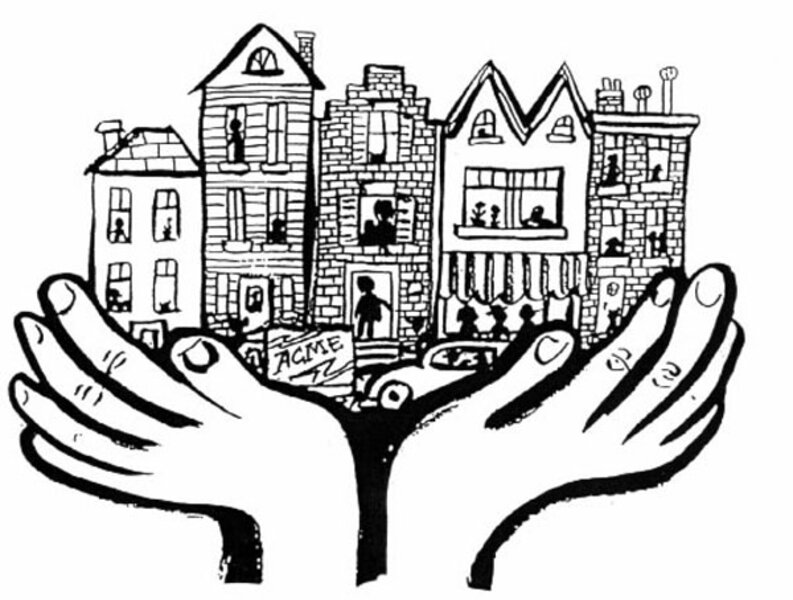Fighting poverty, unrelated adults increasingly share housing
Loading...
| WASHINGTON
Many Americans are building bulwarks against poverty out of roommates, group houses and their parents' spare rooms, with a Census report released on Nov. 28 finding the number of people considered "additional adults" in U.S. households grew between 2007 and 2011.
RELATED: Top 5 parenting tips for media literacy in preschoolers
In 2011, 17.9 percent of those 18 or older were considered "additional adults," compared to 2007, when 16 percent of legal adults fell within the definition.
An additional adult is someone who is not the head of a household, and is living with someone other than a spouse or domestic partner. The Census also does not count college students.
From just 2010 to 2011, the number of "additional adults" in households grew by 1.9 million, the Census found.
Poverty and the 2007-09 recession played key roles in people deciding to share houses and apartments.
"We think that there is an economic reason for this," said Suzanne Macartney, one of the authors of the report. "We found that people who were living with others would have had a higher poverty rate than if they were living on their own."
The relationship is often symbiotic, with the additional adults improving the finances of the households where they live.
Ms. Macartney explained that "people who are more economically squeezed, economically vulnerable, are living in other people's households, and those who are more economically vulnerable are taking in other adults."
In 2011, the official poverty rate for the country was 13.9 percent. The rate for additional adults was higher at 15.8 percent, according to the Census. But the Census also found that householders who shared their homes with others had lower poverty rates than those who did not – 13.5 percent compared to 14.9 percent for householders who did not take in another adult.
The youngest adults make up the largest section of those living in other people's homes, with 18- to 24-year-olds accounting for 35.3 percent, followed by those between the ages of 25 and 34, who represent 30.5 percent.
Young adults recently graduated from high school or college have fared poorly during the recovery from the recession. In October, the unemployment rate for those aged 20 to 24 was 13.2 percent. For those aged 25 to 34, it was much lower at 8.3 percent, according to the Labor Department. Still, those rates were higher than the national jobless rate of 7.9 percent.
Many young adults have returned home. According to the Census nearly half of all additional adults are the children of the heads of the households where they live. The second largest group is not related to the householder, making up 19.2 percent.
RELATED: Are you a 'Helicopter Parent?' take our QUIZ!
Geographically, at least 20 percent of people were considered additional adults in the District of Columbia, Florida, Hawaii, New York and Nevada.
The number of additional adults increased in 40 states between 2007 and 2011, mostly in the south and west, which were badly hit when the housing bubble burst, the Census found.





